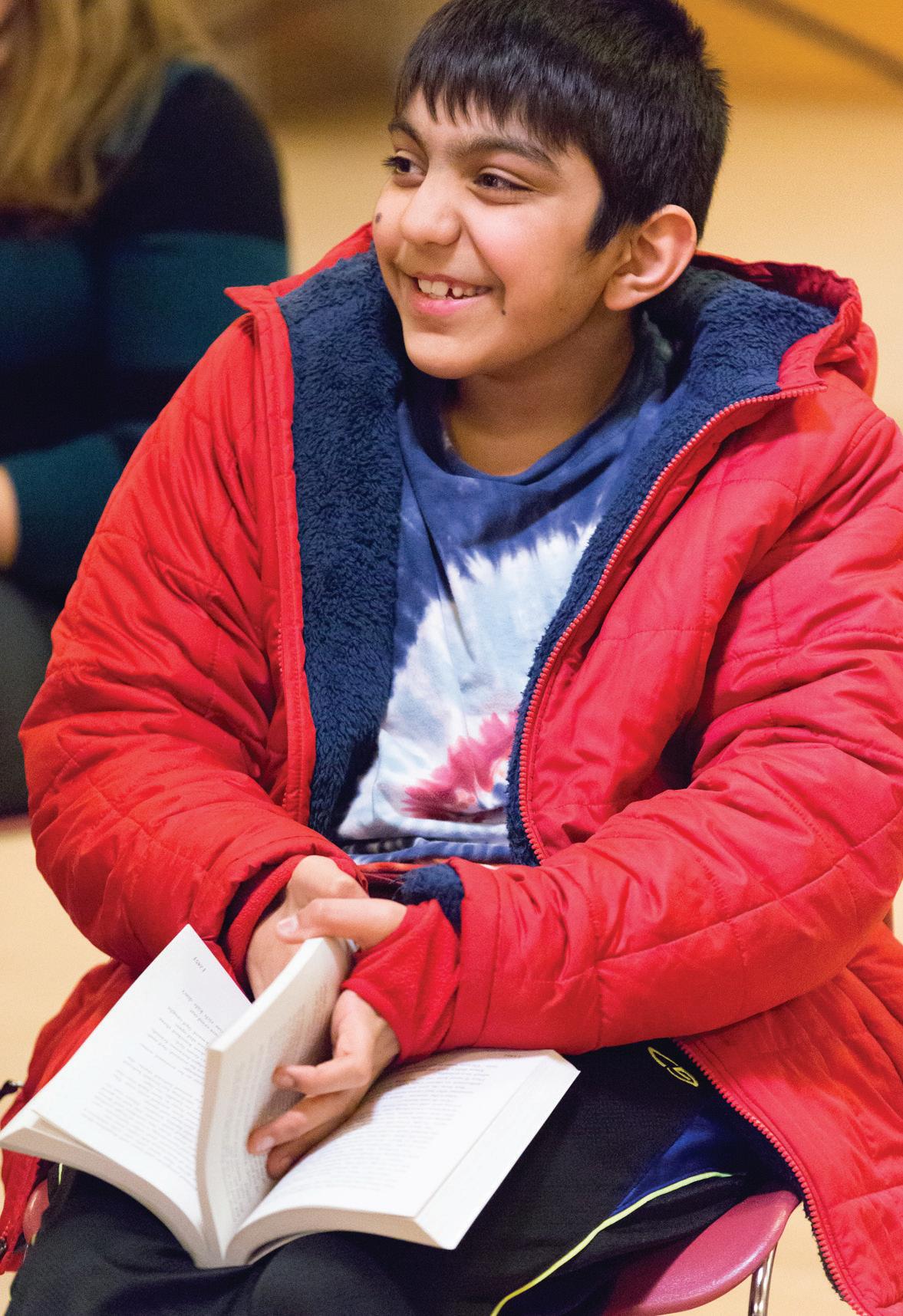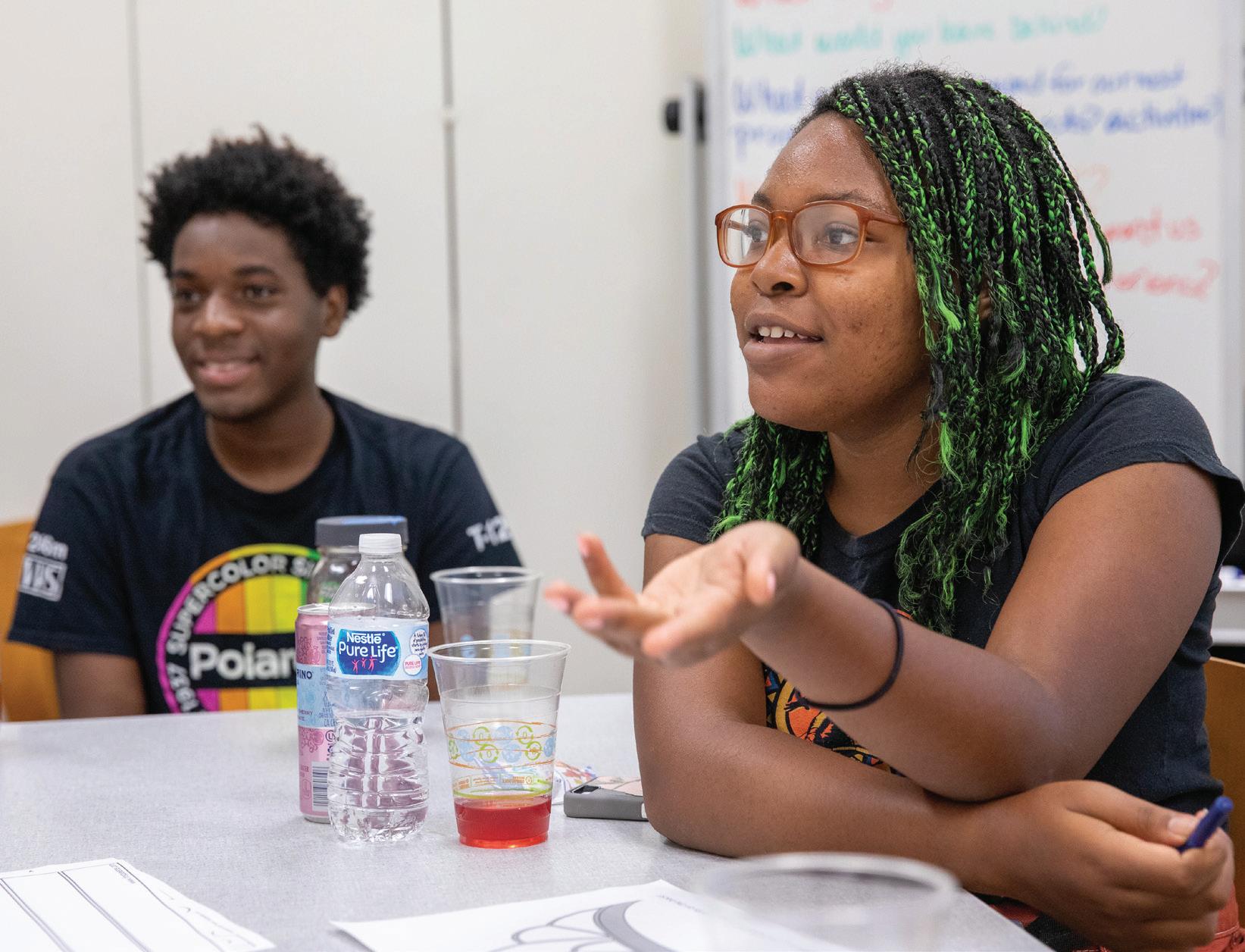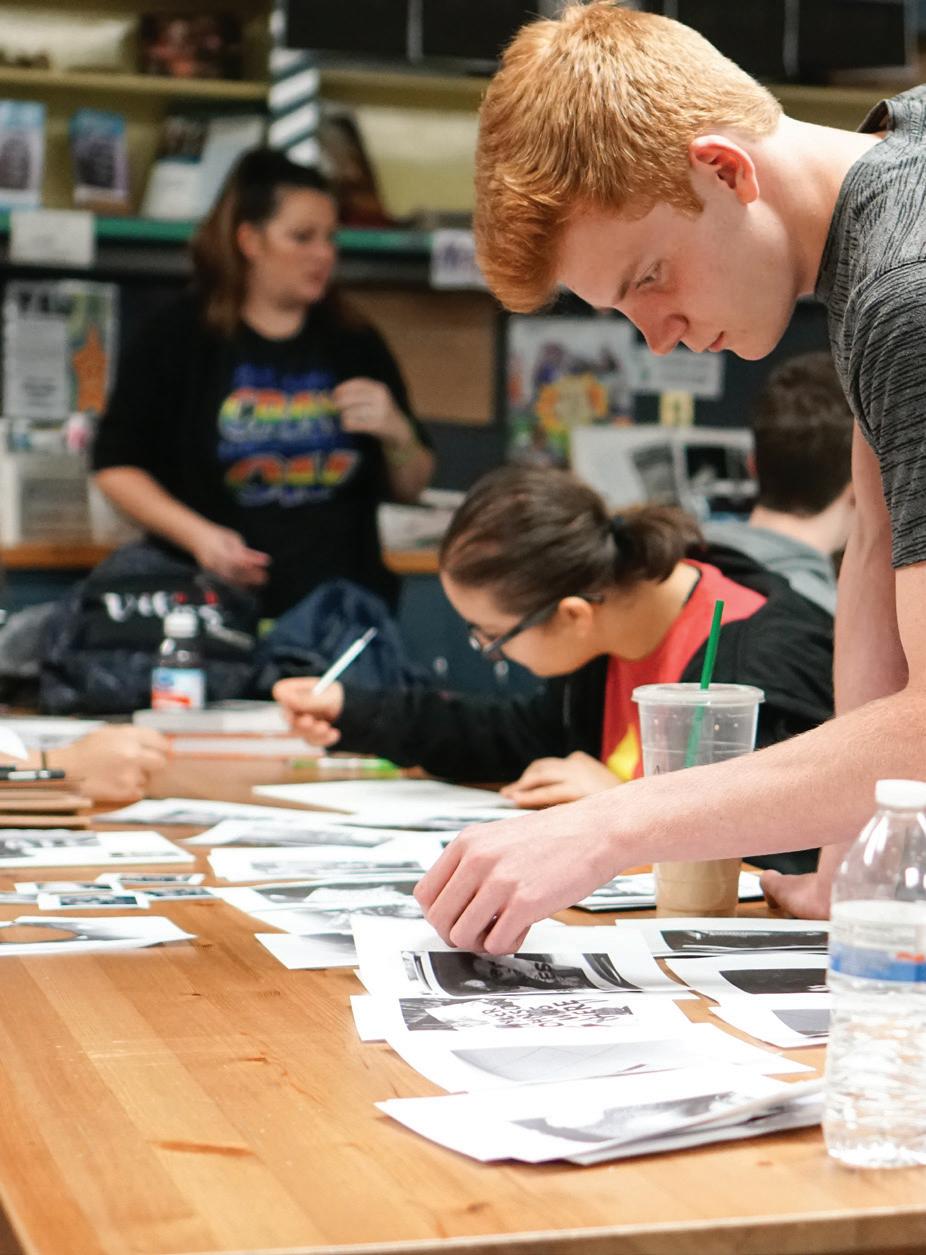
3 minute read
Understanding the Needs of Pennsylvania Youth

value learning from and about peers with whom they would not ordinarily share time. Youth often report that, ‘TRL helped me to understand others’ viewpoints, especially when different from my own.’ It is plausible that the discussion-based model and reading the selected texts together are responsible for youths’ awareness of self and others, a perspective on participation we have not fully captured in the assessment tools TRL currently administered with adult participants.
TRL embeds humanities strategies that translate well to PYD, discussion, artistic expression, and project-based learning (PBL). The program is designed so the adults working with young people can provide opportunities for youth to make decisions about the content, from selecting the books to creating the agenda for individual sessions. TRL facilitators are encouraged to host kick off meetings and to start each meeting with warm-up activities that present opportunities to identify the varied assets of young people. By working to establish open communication with youth, adults can make program adjustments that are inclusive for a diverse group of young people. Embedded in our materials and facilitator training is an emphasis on youth directed programming, asset-based approaches to programming, and building a broader understanding of diversity, equity, and inclusion.
PA Humanities serves the entire state of Pennsylvania, but the experiences and needs in each community vary. Taking a deeper look at demographics has helped PA Humanities select sites that are serving youth with the most need for quality humanities-based learning experiences like Teen Reading Lounge.
Seventeen percent of Pennsylvania children live in poverty - and it’s important to note that youth who fall below the poverty line live in every county and include all racial/ethnic groups. However, African American and Latinx children are disproportionately represented among children living in extreme poverty. The rate of poverty for non-Hispanic white children in Pennsylvania is 10.6% - higher than the national average of 9.6%. The statewide average of


32.7% of African American and 35.7% of Latinx children who are experiencing poverty in Pennsylvania is much higher than the national average of 23% of African Americans and 19.4% of Latinx children. Of the 744,000 Pennsylvania citizens in extreme poverty, which means living below half of the poverty line, 207,000 are children.18
The most recent statistics for Pennsylvania demonstrate that 12.5% of families live at or below the federal poverty rate. Sixty percent of families experiencing poverty in Pennsylvania are “working poor”, meaning there is at least one person who is employed but housing expenses drain financial resources and place a strain on the ability to provide food and other resources for children. These families may have fewer resources to provide their children with opportunities to participate in programming that would enable them to practice and develop skills while safely engaging with peers.
Many OST programs provide academic support for youth, particularly those in underresourced and struggling schools. As arts, sports, and other recreational activities get pushed out of extended education for youth in under-resourced schools (the schools that are also least likely to have such programs during the school day due to both budgetary constraints and an increased focus on academic subjects in low-performing schools), such interestbased experiences become increasingly harder to access.19 Teens, while more independent, still need safe spaces to socialize with peers and to develop skills in informal learning environments. Families living in poverty have fewer resources to enroll their children in fee-based programs that offer exposure to the humanities. This is important because nonacademic, interest-based experiences serve key developmental goals in and of themselves.
Awareness of these statistics and an understanding of the gaps in a typical OST program for youth prompted PA Humanities to consider ways to better address the inequities in robust afterschool programming for low income and racial/ethnically diverse youth.









